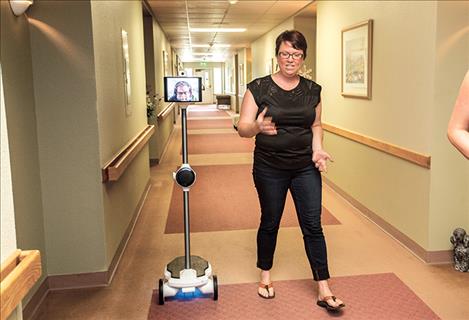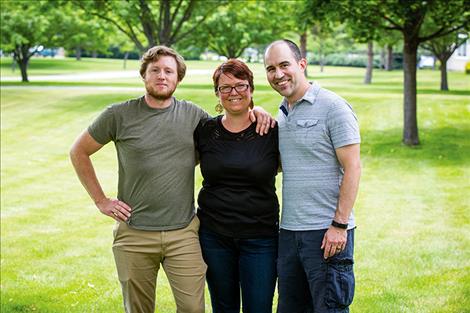Where the old folks go
Can community design take the loneliness and angst out of aging?

Bill Thomas is a leading voice in the movement to change the way people experience aging, and he has focused on three solutions: architecture, culture and technology.


courtesy photo
Thomas and Kavan Peterson are working on compact Minka houses — something between a tiny home and a standard house — that combine technology and architecture to enhance the well-being of elders and people with disabilities.

courtesy photo
Kaley Burke and Bill Thomas showcase the Ohmni telepresence robot, which is being tested as a way to help connect residents at Missoula’s Grizzly Peak, a senior-living and retirement community, with loved ones who live far away.

courtesy photo
Residents gather in the community space of a pocket neighborhood designed by architect Ross Chapin in the town of Langley on Whidbey Island, Washington.

courtesy photo
The plans for Ross Chapin’s award-winning Conover Commons Cottages in Redwood, Washington.

Issue Date: 8/15/2018
Last Updated: 8/14/2018 7:55:20 PM |
By Erika Fredrickson for The Montana Gap
Keep Reading!
You’ve reached the limit of 3 free articles - but don’t let that stop you.















